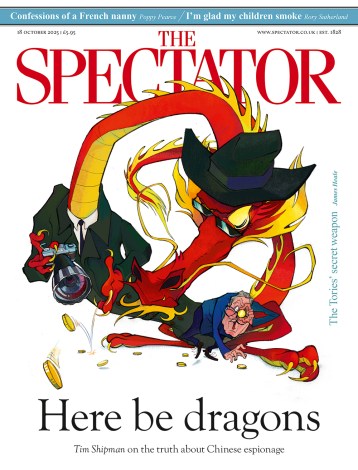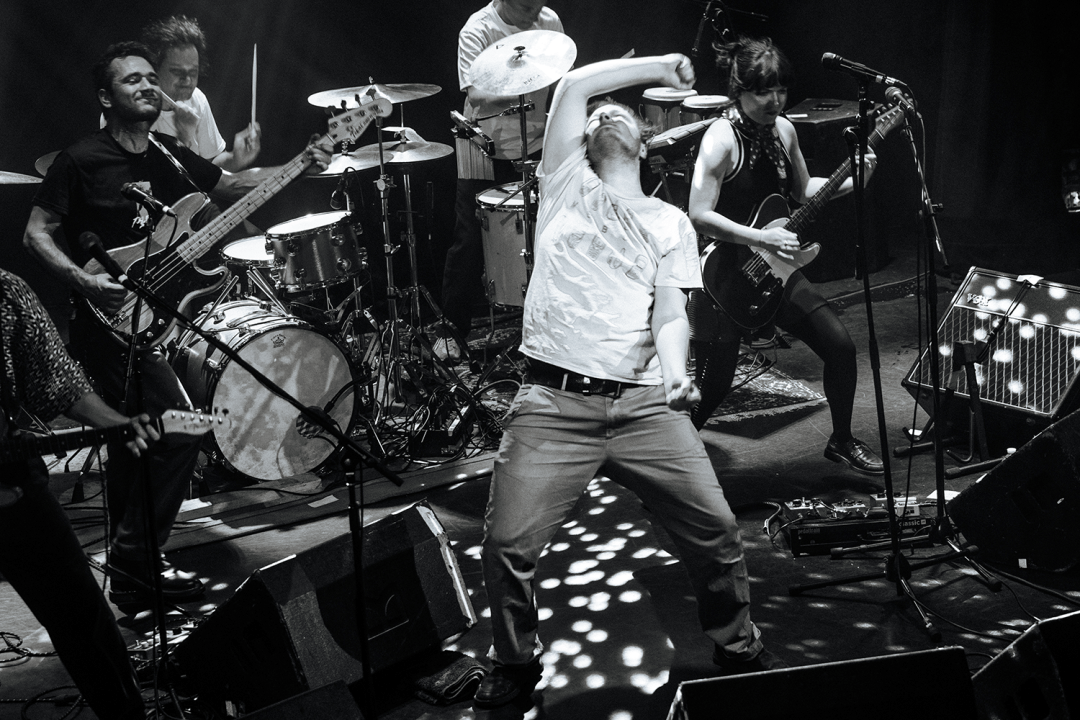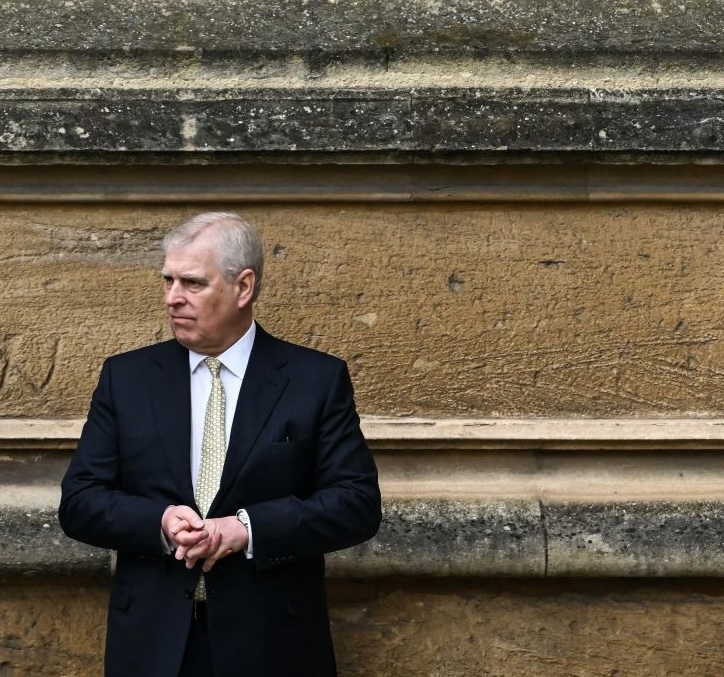Remember when we all knew what indie meant? Indie was what John Peel played. It was music that was recorded, manufactured and distributed independent of the major labels. In practice, that tended to be music played by young white people, usually more in hope than expectation of either competence or success. As the years passed it came to be applied particularly to a kind of whey-faced, solipsistic music, played on guitars by people who were either too clever by half or too wimpy by half.
By dusk, what had not long before looked like the seventh circle of hell had transformed
These days, though, indie means whatever you want it to mean. Entirely mainstream soft pop acts with massive worldwide hits on major labels – such as Glass Animals – are classed as indie. Big rock bands with crowds of pint-tossing geezers get called indie. Indie now seems to mean ‘any band with a guitarist that we can’t easily fit into another genre’.
Personal Trainer, from the Netherlands, are unmistakably an indie band, in the old sense of the phrase. They are signed to an independent label – the excellent Bella Union – and they make music old Peel listeners would feel completely at home listening to. Their first album bore the unmistakable mark of a group of musicians who had listened to an awful lot of stuff by the US band Pavement – the whimsy and irony and spindliness – along with a faux-naive, wide-eyed sunniness that owed a great deal to the British ‘indiepop’ explosion of the mid-1980s and its descendants down the decades.
At a low-key gig launching their second album, Still Willing, in a sauna-like backroom in fashionable Dalston, though, Personal Trainer revealed themselves to be rather more than that.
They began with the new album’s opening track, ‘Upper Ferntree Gully’, which meandered for nearly eight minutes, and – yes – did contain sections that still sounded like a group of musicians who had listened an awful lot to Pavement, but then ended with a section of death-metal blastbeats, roaring guitars and screaming.
All right, to many readers that probably doesn’t seem very appealing, but it sounded fantastic – and either the Shacklewell has replaced its soundsystem or Personal Trainer have a great sound engineer, because even with seven people onstage, you could hear everything. The wealth of instruments, meanwhile – two percussionists, a saxophonist, a trumpeter, as well as guitars and bass – allowed the songs to bloom unexpectedly. Personal Trainer throw ideas at the wall, but there’s always a melody in there.
And crucially, they can play. There is nothing weedy about Personal Trainer: they have the force of a rock band – even if they look like a sociology postgrad group on a field trip.
I was reminded of another of the ur-groups of indie, Guided By Voices: their albums suggested a group of hobbyists who might fall apart at any minute, but who turned out live to be absolutely committed to being as close to the Who in volume and power as humanly possible.
There’s a particular adrenaline-fuelled feeling that can only be prompted by loud fuzzed guitars and big, joyous choruses, and Personal Trainer have that in spades. If you have any fond memories of being poised over the pause button, listening to Radio 1 from ten until midnight on weekdays, you should go and see them.
At 6.30 p.m. on Friday in Finsbury Park, it was hard not to feel a certain sympathy with the local residents who complain about live music taking over their green space. A few feet away from me, in the crowd for Bicep, a couple of young chaps were standing facing each other, the toes of their trainers in the pool of puke that separated them, openly doing bumps of cocaine off the backs of their hands.
Why does every park in the country seem to be putting on shows all summer? Because years of underfunding to local councils has forced them to seek alternative streams of revenue. The concerts in Finsbury Park, for example, paid for the fabulous new playground, and the gig occupied a tiny fraction of the actual park, tucked away in one corner. Five minutes’ walk away and you wouldn’t know it was happening.
By dusk, what had not long before looked like the seventh circle of hell – I suppose it takes a certain commitment to get in the mood for having it large when most people are still coming home from work – had transformed. People were dancing. No one was vomiting (though there were a fair few attendees deep into middle age with the clenched jaws and wide eyes of those who’ve taken a pill for old times’ sake).
It was very much not my thing. But there was a certain loveliness in the dedication of a few thousand people turning the junction of Green Lanes and Seven Sisters Road into a forgotten corner of Ibiza on one of the rare evenings this year when the weather was actually Balearic.








Comments